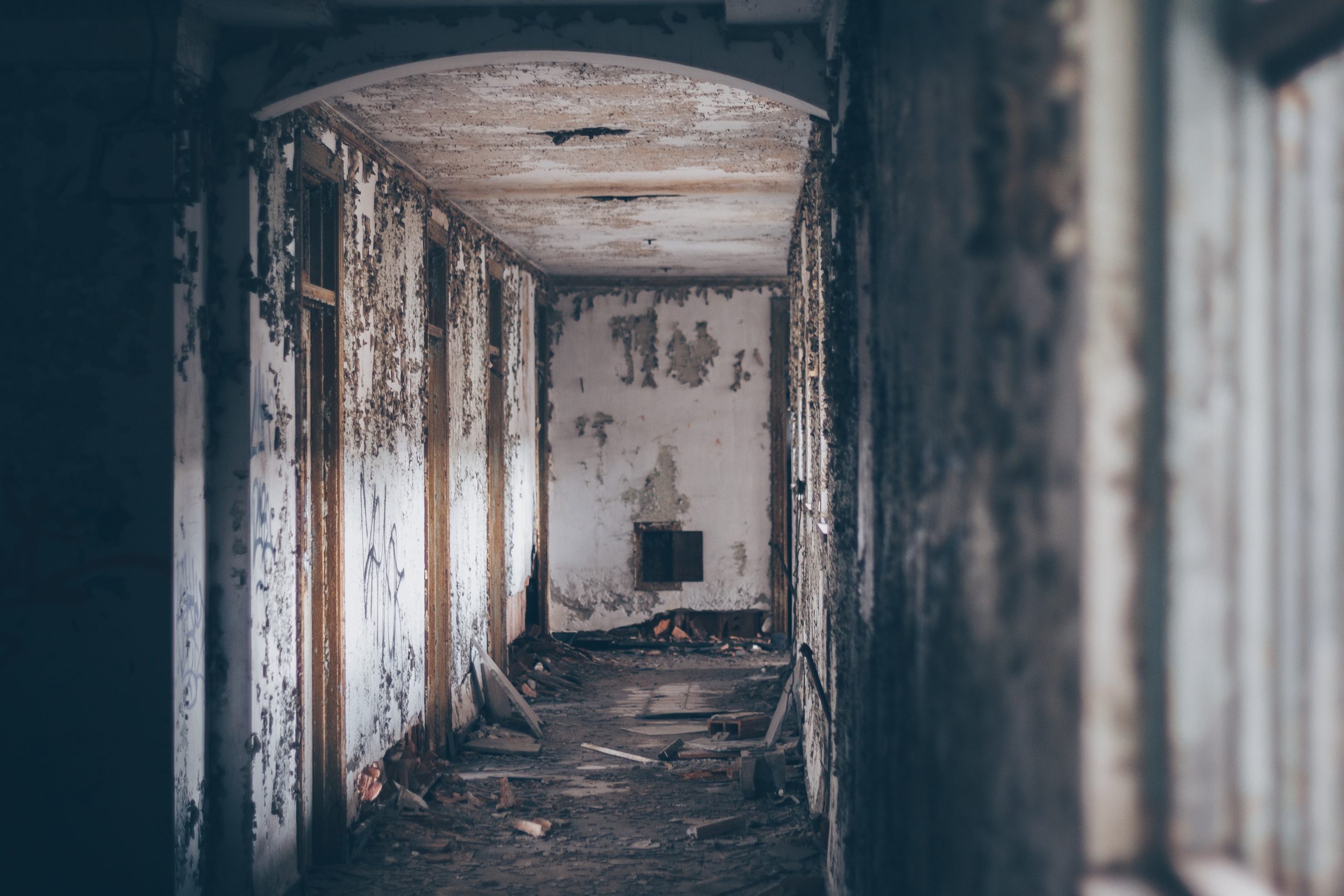What’s the key difference between normal wear and tear and property damage? When it comes down to it, renters don’t have to pay for normal wear and tear, and shouldn’t see it deducted from their security deposit. Property damage beyond normal wear and tear is the tenant’s responsibility, and can be deducted from a security deposit.
In practice, the distinction is more involved. Read on to learn more about the difference between normal wear and tear and property damage. We’ll also help you understand what types of damage your landlord may deduct from your damage deposit, how to ensure he doesn’t need to, and how to dispute charges for damage you aren’t responsible for.
What is normal wear and tear?
In landlord-tenant documents, “normal,” “ordinary,” or “reasonable” wear and tear is regularly referenced and often very vaguely defined. The California-based tenant law firm Tobener & Ravenscroft defines normal wear and tear as the “unavoidable deterioration of a unit resulting from normal use by the tenant.”
To be more specific, this definition logically implies that wear and tear consists of things like:
- Minor scrapes or scratches in wood floors
- Discoloration of carpets or blinds due to sun damage
- Minor stains on carpets due to repeated use
- Frayed or worn patches in carpet due to consistent use
- Worn spots or thinning varnish on wood floors due to regular use
- Minor holes in walls from hanging frames
- Small holes or dents in doors or walls due to repeated use
- Paint chipping or peeling due to age
The above examples are types of minor damage that would occur over time simply from living within a space. Even the most thoughtful tenants are unable to eliminate the effects of their repeated foot traffic or the inevitable dents gradually caused by use.
As a tenant, you are not responsible for repairing or paying for this type of damage. Normal wear and tear is the landlord’s responsibility.
What is property damage?
Property damage is damage that is more extreme than normal wear and tear, and that could realistically be avoided in most cases.
Your landlord has the right to withhold all or a portion of your security deposit to cover repairs for property damage that you have caused. With this in mind, it’s critical that you understand what could be considered property damage to ensure your landlord doesn’t try to take advantage of you when it’s time to move out.
Common forms of property damage you may be on the hook for include:
- Excessive gouges in wood floors
- Torn carpets or drapes
- Pet-related damage such as chewed carpets or excessive scratches on floors or doors
- Excessive holes or dents in walls or doors due to negligence
- Excessive stains, rips, or other wear in carpets
- Leaving the unit dirty when you move out
- Unauthorized paint, wallpaper, or renovations you’ve done on the property
- Doors or cupboards with broken hinges or locks due to rough use
Problems that occur due to negligence can also be considered property damage. A drain that’s clogged with hair, or a shower full of mildew because you fail to ventilate it properly are examples of such problems. These issues could be resolved or avoided with a little bit of care, but if they are left to escalate to this point, your landlord could deduct the cost of their repair from your security deposit.
What can your landlord deduct from your security deposit?
Landlords should only withhold your security deposit to cover the property damage that you cause. There should not be any money taken from the security deposit to cover normal wear and tear such as lightly chipped paint, minor dents and scratches, or sun damage.
Ultimately, when you move out, your rental unit should be in the same condition it was when you moved in, aside from normal wear and tear.
Do not overlook the cleanliness of your unit. If deemed necessary, your landlord may deduct money from your security deposit to cover the cost of cleaning your unit when you move out. While cleanliness (or lack-there-of) isn’t necessarily property damage, it’s a common deduction.
Most lease agreements stipulate that you must leave your rental as clean as you found it, or in “move-in condition.” If your landlord isn’t satisfied with the state of your rental, you may be charged accordingly.
The importance of a walk-through
A walk-through helps both you and your landlord take inventory of the state of your rental before you move in and again when you move out. This way, you’ll have no problem ensuring your unit is in the same condition when you move out again.
Unless you already know and trust your landlord, it’s a good idea to take photos to document any existing damage. If your landlord ever tries to claim that existing damage was your fault you’ll then have concrete evidence proving that it was there before you moved in.
As you prepare to move out, you can request that your landlord do another walk-through with you. This will give him a chance to spot any damage that would be deducted from your security deposit. Then, you’ll know exactly what needs to be repaired before you vacate the rental. If the issues are fixed by then, the landlord will have no reason to deduct from your security deposit.
Even though you may need to pay for a few repairs, you’ll have the freedom to shop around for a competitively priced service provider or do them yourself. Having control over the situation could save you a little money in the end.
How to dispute a deduction from your security deposit
In the event that your landlord does make deductions from your security deposit, he is typically required to provide an itemized list accounting for each deduction. If there are any charges that you disagree with you can dispute them.
If your landlord does not provide an itemized list of deductions, don’t be afraid to request one. If he fails to provide one or fails to offer a satisfactory reason for withholding your deposit, you may dispute it.
Before you dispute the deductions, review the terms of your lease as well as the tenancy laws for your state and note any sections that support your argument. Familiarize yourself with the timelines in which your landlord is expected to return your deposit or inform you of any deductions. Cross-reference these laws with your lease agreement.
Next, draft an email or letter to your landlord explaining which charge(s) you disagree with and why you believe they are invalid. You can see an example demand letter here.
It may be tempting to dispute the charges over the phone, but a written letter is ideal as you can keep it for your records. And, in the unlikely event that you wind up taking legal action, clear communication records are sure to come in handy.
For more information, see our full guide on how to get your security deposit back.
What to do if you accidentally cause property damage?
If you cause property damage it is in your best interest to report the incident to your landlord immediately. You will likely be responsible for fixing it promptly, but staying on top of damage will help you avoid surprises when it comes time to move out. Your landlord won’t be able to slip anything by you if you’ve dutifully reported every instance of damage.
Reporting the damage may also help you build a strong rapport with your landlord, which will make for a comfortable tenancy and could potentially score you a solid reference when you move out.
On the same note, reporting maintenance issues helps you prevent property damage from occurring down the road. For instance, if you notice your bathroom has a ventilation issue, report it to your landlord. If you fail to address the problem, excessive moisture could lead to mildew and mold, which will be unpleasant and could be considered property damage.
Instead, mention the issue to your landlord and suggest he have a fan installed. You’ll have a better quality of life, the damage will be avoided, and your landlord will be happy to know the rental is in good shape.
Showing your landlord that you respect the property may lead him to allow certain types of damage slide, even if he could legally claim them as property damage. For example, instead of charging you for a gouge in the hardwood floor, he may be willing to overlook it and repair it on his own at no expense to you.
If you’re handy, you could offer to repair the damage or perform the maintenance yourself. This way, your landlord knows you care enough to inform him about the damage, and will likely appreciate that you’re taking the initiative to fix the problem. You’ll remove an item from your landlord’s to-do list and earn his trust at the same time.
Final thoughts
Ideally, whenever you move out of a rental you will leave it in the same condition in which you found it. However, a certain degree of normal wear and tear is inevitable. Property damage, on the other hand, should be avoided at all costs. Whether you accidentally break something in your unit or have an ongoing maintenance issue that needs to be addressed, it’s up to you to keep your landlord informed and have the appropriate repairs made. Maintaining open communication with your landlord regarding maintenance will help you keep your rental in good shape and ensure your security deposit is returned in full.
References:
https://www.hcd.ca.gov/manufactured-mobile-home/mobile-home-ombudsman/docs/Tenant-Landlord.pdf
https://www.tobenerlaw.com/wear-and-tear-and-security-deposits-under-california-law/
https://www.marincounty.org/-/media/files/departments/da/consumer-guides/tenantshandbook.pdf



